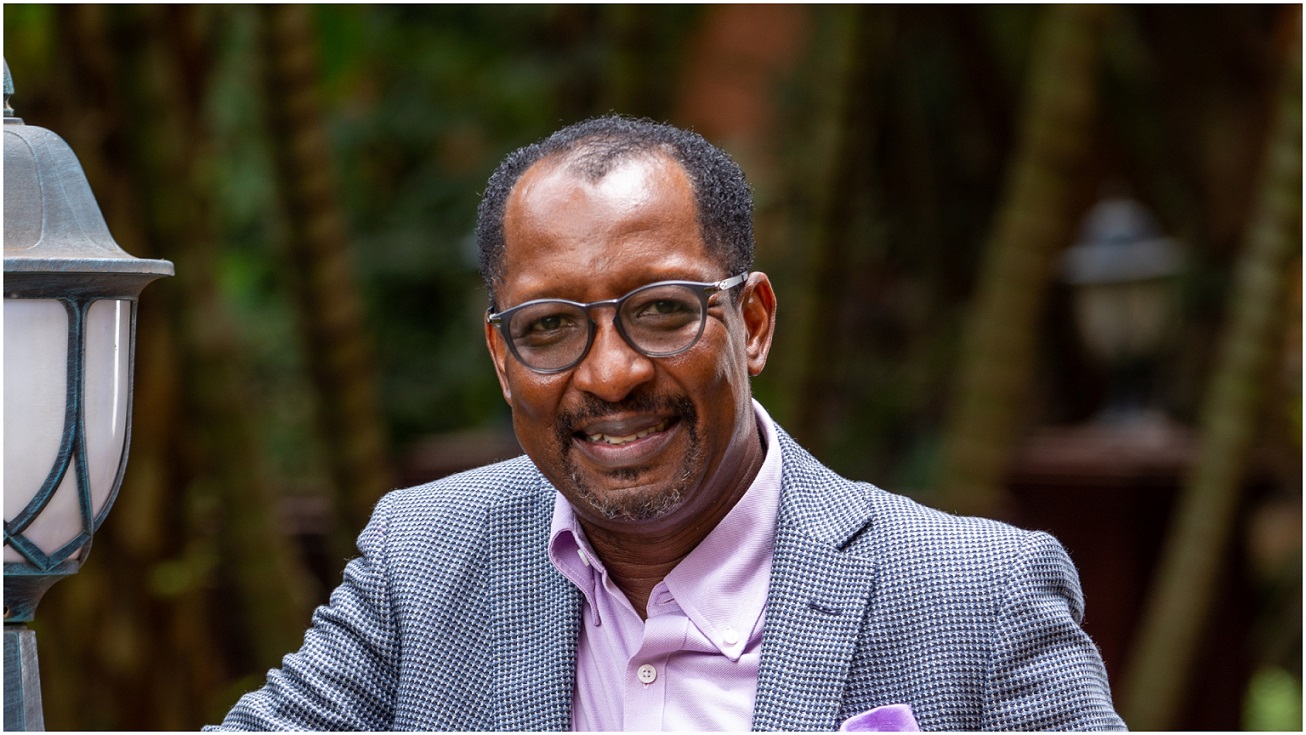Annet Nakamya, a businesswoman with Psalms 1 Enterprises, a company dealing in printing works, was in May 2021 diagnosed with deadly levels of Covid-19. Her oxygen levels had sunk to…
NSSF’S RICHARD BYARUGABA: The UGX16 Trillion Man


Annet Nakamya, a businesswoman with Psalms 1 Enterprises, a company dealing in printing works, was in May 2021 diagnosed with deadly levels of Covid-19. Her oxygen levels had sunk to…
deneme bonusu veren siteler deneme bonusu veren siteler deneme bonusu veren siteler deneme bonusu veren siteler deneme bonusu veren siteler casino siteleri
deneme bonusu bonus veren siteler deneme bonusu veren siteler
flyjota.com Deneme bonusu veren siteler Deneme bonusu veren siteler Deneme bonusu
You cannot copy content of this page
gaziantep escort,alanya escort,gaziantep escort
avrupa yakası escort,beşiktaş escort,beyoğlu escort,nişantaşı escort,etiler escort,esenyurt bayan escort,beylikdüzü bayan escort,avcılar bayan escort,şirinevler escort,ataköy escort
beylikdüzü escort ,istanbul escort ,beylikdüzü escort ,ataköy escort ,esenyurt escort ,avcılar escort ,bakırköy escort ,esenyurt escort ,esenyurt escort ,avcılar escort ,beylikdüzü escort